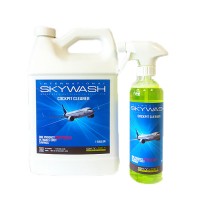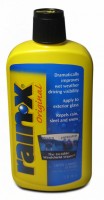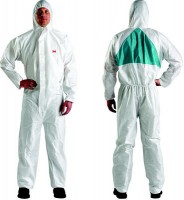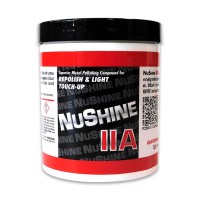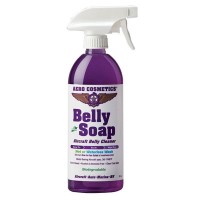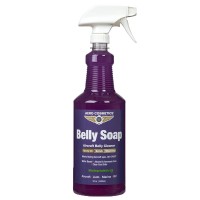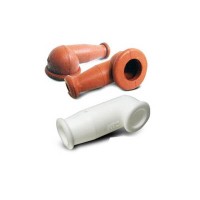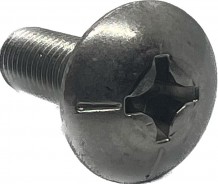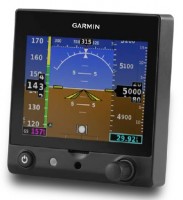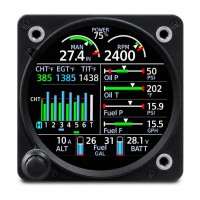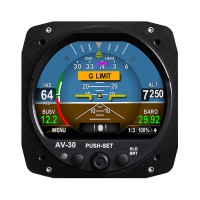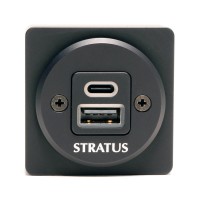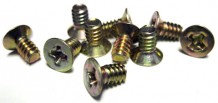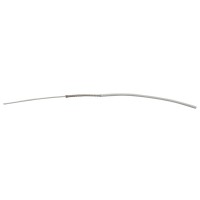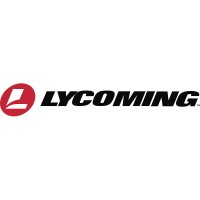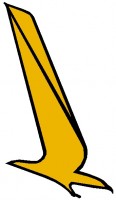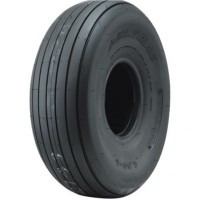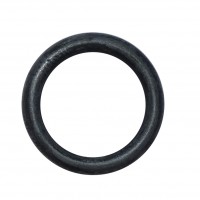Aerocoat Aircraft Polish Kit
Overview
|
Research by aviation giant Boeing proves that the best way of reducing drag and lowering fuel consumption is to keep aerodynamically clean aircraft.
Not only does Aerocoat dramatically reduce aircraft cleaning time for pilots and increase flying speed performance but its glass like finish ensures maximum asset protection for owners, restoring old and tired looking paintwork that cannot be penetrated by the elements. The hydrophobic technology provides a hard wearing scratch resistance coat that converts a previously amorphous surface into a super smooth finish that cannot be penetrated by the elements. Aerocoat has been tested in the Arizona desert and is second to none when it comes to UV protection. AEROCOAT AFTERCARE APPLICATION INSTRUCTIONS Aerocoat Aftercare is a two-tier product that will not only clean your aircraft but leave the paintwork looking shiny and pristine. Aerocoat Aftercare has been produced by Aerocoat International after the success of their full nano coating process which is now regarded as number one across the European aviation industry for surface protection. Based at their dedicated facility in Essex, the full Aerocoat process is the coating of choice for pilots that are flying Cirrus, Daher-Socata and Tecnam aircraft on both sides of the Atlantic. And for the first time ever, Aerocoat Aftercare gives owners a chance to use an entry level version of that nano surface technology on their own aircraft. The Aerocoat Aftercare box includes Surface Seal which is a specially formulated nano-Si coating and NOT a wax so often used in traditional cleaning products. It is hydrophobic and UV reflective, creating a protective barrier onto the PU (polyurethane) paint. Detritus picked up from regular flying such as bug splatter and dirt are easily wiped away thanks to the Surface Seal barrier on the surface of the aircraft resulting in more time in the cockpit and less time cleaning for pilots. |
WARNING: Cancer and Reproductive Harm - www.P65Warnings.ca.gov. |
Documents
- Safety Data Sheet (PDF)
In The Box
- Aero Coat Wash (250ml) - Removes dirt and oxidants
- Aero Coat Surface Seal (250ml) - Water based and non-wax surface sealant
- Two micro fibre cloths
Q&A
Please note, Aircraft Spruce's personnel are not certified aircraft mechanics and can only provide general support and ideas, which should not be relied upon or implemented in lieu of consulting an A&P or other qualified technician. Aircraft Spruce assumes no responsibility or liability for any issue or problem which may arise from any repair, modification or other work done from this knowledge base. Any product eligibility information provided here is based on general application guides and we recommend always referring to your specific aircraft parts manual, the parts manufacturer or consulting with a qualified mechanic.
That depends on a lot of environmental factors, how often you wash the plane and what products you use when you wash. Unfortunately there is no blanket response to this.


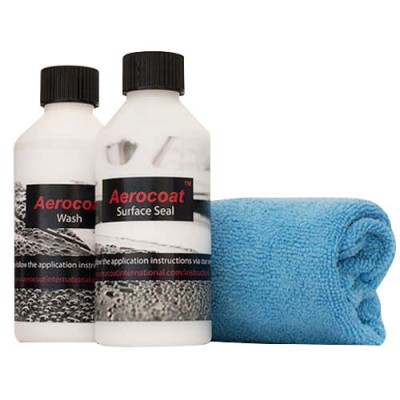


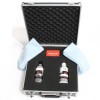





 FREE Shipping
FREE Shipping

